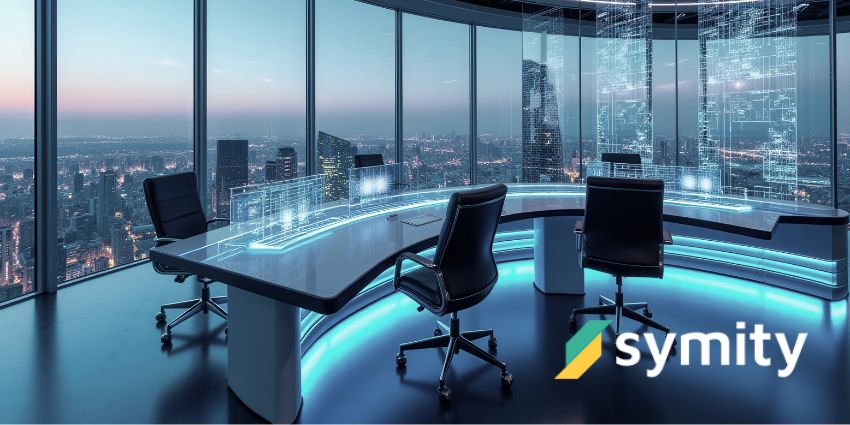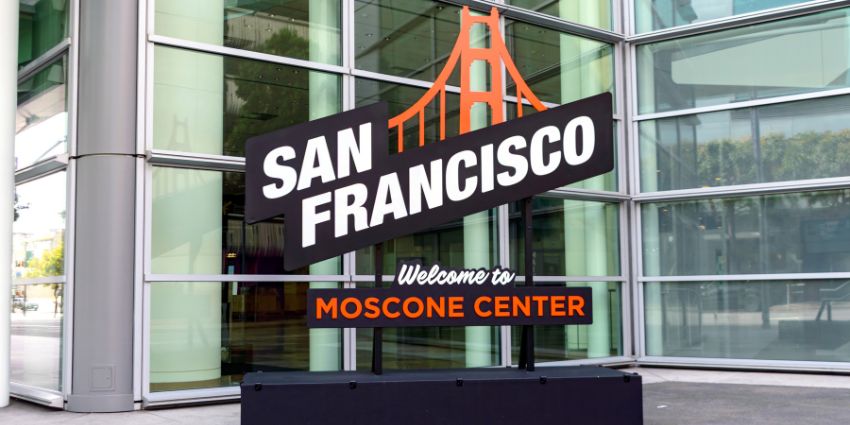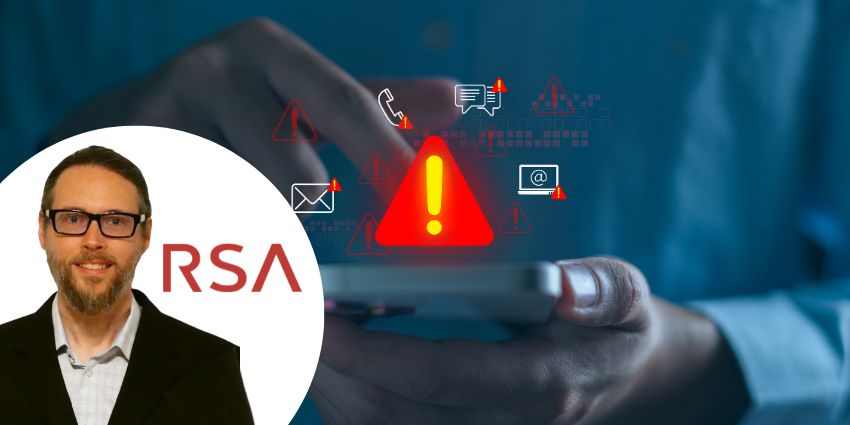As the workplace continues to evolve, the concept of the ‘office of the future’ is taking shape. According to Giles Skiba – Video Collaboration and User Adoption Director at Symity – this vision goes far beyond just providing the basic tools for remote work – it’s about creating a space that employees are genuinely excited to come to.
Evolution of working methodologies
The shift from solely office based to hybrid work began years ago with the rise of video conferencing and telepresence solutions, which enabled companies to reduce travel costs by connecting executives across the globe. “The very quick return on investment was you do three meetings, you save this much money in travel costs,” Skiba explains. These high-end systems, costing upwards of half a million pounds per room, created an immersive in-person meeting experience, with participants feeling like they were sitting across a virtual boardroom table.
Over time, more accessible video tools like Skype for Business democratized the technology, empowering broader employee usage. This paved the way true video collaboration spaces, such as huddle spaces – areas designed for small groups to collaborate around shared documents and screens both in a room and remotely. “We’re not just doing communications or virtual meetings, we’re actually working on live documents, we’re making live changes, we’re doing annotations,” says Skiba.
The pandemic then forced a dramatic shift, with companies having to rapidly enable remote work. “It literally went from day one, everyone in the office, to day two, you either were not operational or your staff were working from home, fully empowered,” Skiba notes. This exposed the need for a comprehensive work strategy, as many organizations struggled without the proper systems and processes in place.
Vision for the office of the future
Now, as companies navigate the return to office, there is tension between executives wanting employees back and workers who have grown accustomed to the flexibility of remote work. Skiba believes the solution lies in the “office of the future” – a space designed to empower and engage staff, rather than simply dictate their presence.
“We need to work towards an office of the future. And it needs to be a place where staff want to come, want to be, and makes their work easier”, he explains. This means creating environments akin to the campuses of tech giants like Microsoft, with amenities like cafes, play or sensory calming areas, and even childcare. The goal is to make the office a destination, not just a requirement.
Underlying this vision is a focus on technology that enhances the hybrid experience. Features like collaboration spaces, desk booking systems, digital signage, and integrated building management can streamline the logistics of shared workspaces. Meanwhile, capabilities like transcription and translation in video meetings help bridge the gap between remote and in-person collaboration.
Ultimately, Skiba believes the office of the future is about more than just real estate – it’s about cultivating a culture where employees feel valued and empowered. “When staff are empowered, productivity is increased, revenue will be increased. Literally everyone wins.”
As companies navigate the evolving workplace, those that can create spaces that employees genuinely want to be in will be poised for success.
Smart technology meets human-centered design
The office of the future is not just about the physical space, but the holistic experience. Through thoughtful design, integrated technology, and a people-first mindset, employers can transform their workplaces into destinations that employees are genuinely excited to visit. In doing so, they unlock the full potential of their most valuable asset – their human capital.
In an era of rapid change and disruption, the ability to adapt and evolve the workplace will be a key competitive advantage. Those companies that can create environments where employees thrive will be poised to succeed, both in terms of business outcomes and in attracting and retaining top talent. The office of the future is not just a vision – it’s a strategic imperative for the modern organization.







